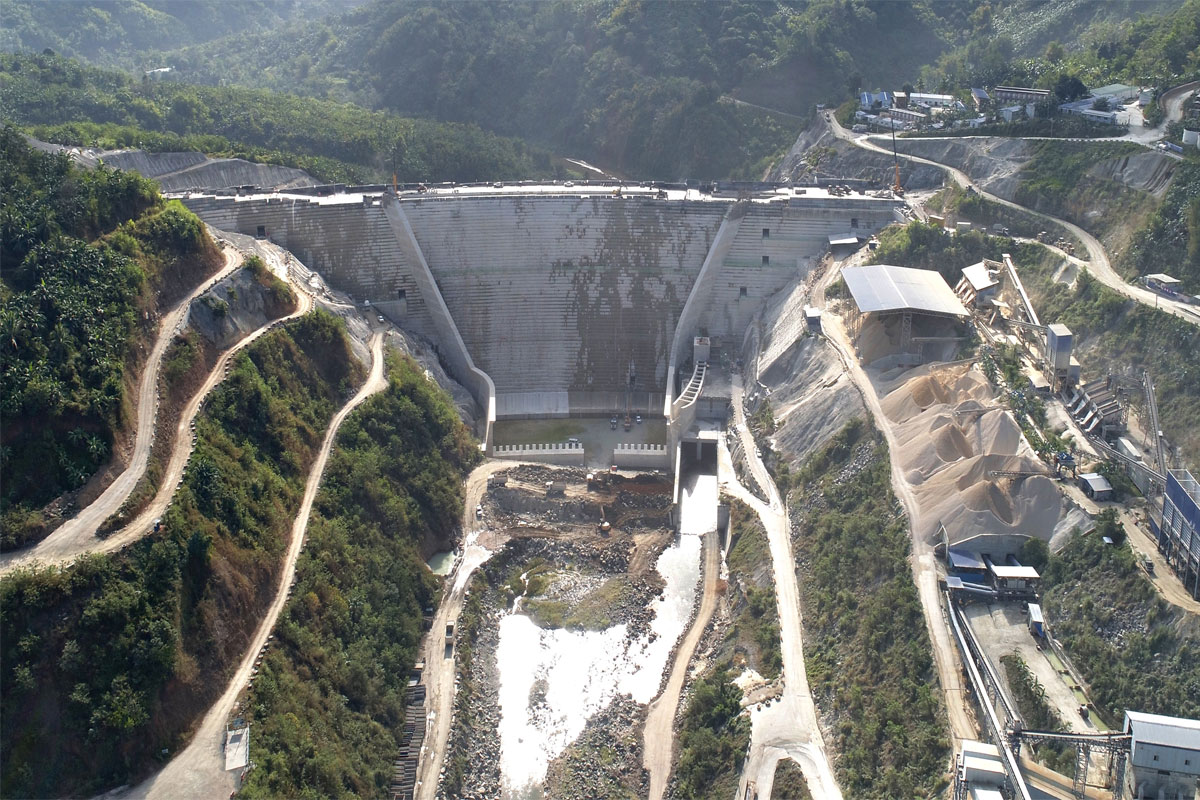
Flagship dam project to allay water supply fears amid
THE Upper Wawa Dam flagship project of the national government is emerging as the most reliable source of water in Greater Metro Manila with excess supply that can be tapped by suburbs and areas near the metropolis, according to Prime Energy-led WawaJVCo Inc.
Upper Wawa Dam, the largest water supply infrastructure to be built in 50 years, is Phase 2 of the Wawa Bulk Water Supply Project. It’s already 93 percent complete as of February 28 as construction of the 85-meter roller compacted concrete (RCC) dam is to be finished ahead of schedule.
Upper Wawa Dam has a capacity of at least 710 million liters per day (MLD) which would provide a steady source of raw water and reduce dependence on the aging Angat-Iba System.
Upper Wawa Dam is also easing concerns on climate change-related challenges, including a prolonged dry spell that the El Niño phenomenon was expected to bring.
“With its substantial capacity and innovative design, the dam holds immense potential to enhance water security and resilience, which will be a massive step in avoiding a water crisis in Metro Manila and nearby provinces,” said WawaJVCo.
Greater Metro Manila Area, including the province of Rizal and parts of Cavite, is being serviced by Metropolitan Waterworks and Sewerage System (MWSS) through two concessionaires—Maynilad for the west zone and Manila Water for the east.
WawaJVCo has an active 30-year agreement to deliver 518 MLD from Upper Wawa Dam’s 710 MLD to Manila Water, leaving 192 MLD of excess supply.
WawaJVCo said the benefits of Upper Wawa Dam could be maximized through collaboration and efficient use of its 710 MLD capacity.
“The Upper Wawa Dam will help address water security and ensure sustainable water supply to benefit over 700,000 households or about 3.5 million Filipinos within the service area of MWSS,” the company said.
The Upper Wawa Dam’s design was based on gold standards for such facilities and built through state-of-the-art technology that would ensure the dam stays efficient and reliable in the long term. Commercial operation is expected to start by late 2025.






















